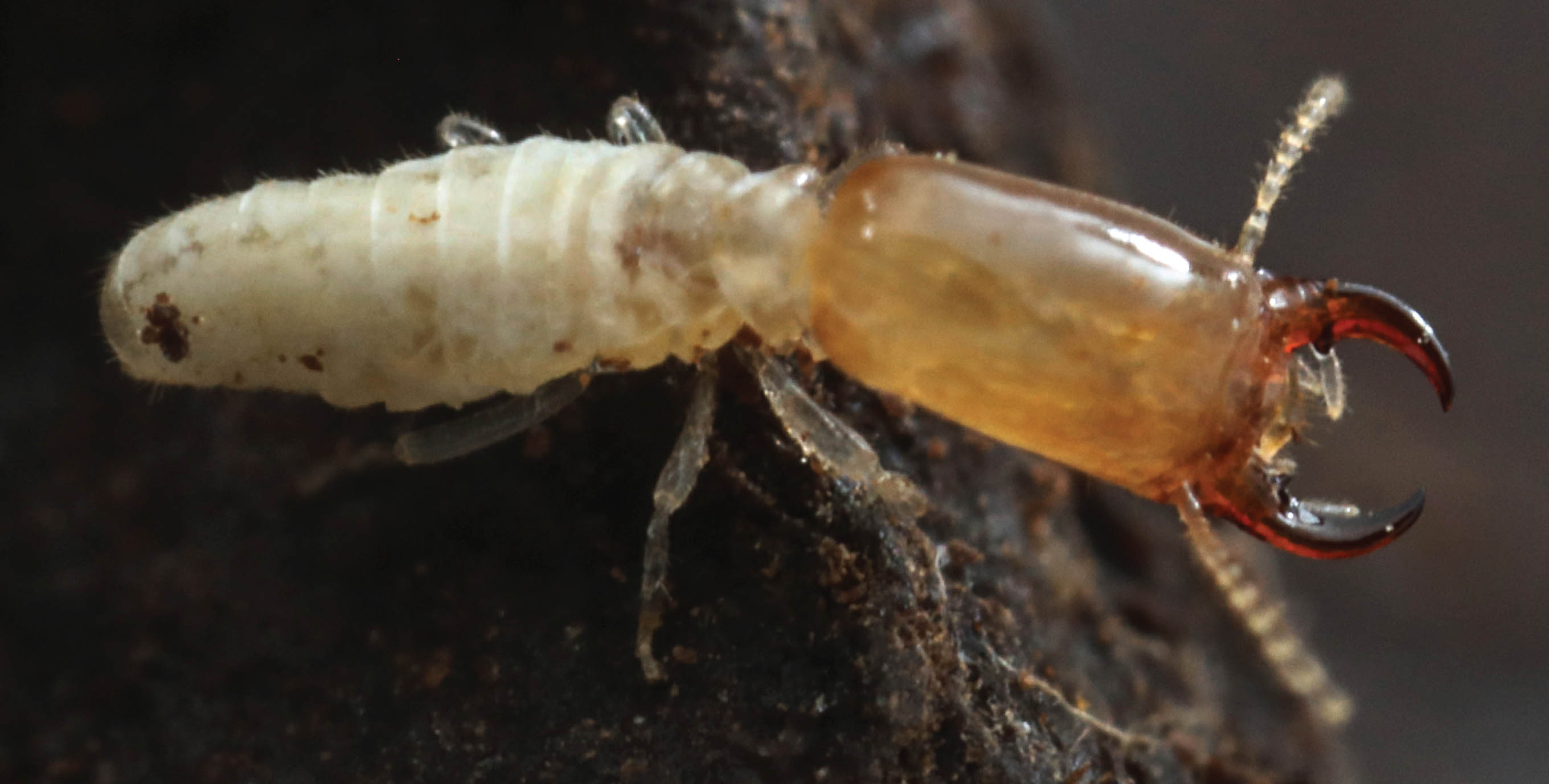A significant achievement was accomplished by the international research team led by prof. Jan Šobotník from the Faculty of Tropical AgriSciences, Czech University of Life Sciences Prague. Based on newly-collected material from Cameroon, scientists have described a new termite subfamily, Engelitermitinae, so far with the only representative being Engelitermes zambo. Description of the new subfamily, genus and species was accepted for publication by prestigious journal Systematic Entomology, which is fifth best of from one hundred entomological periodicals included in the Web of Science database.
“Such findings allow us to understand how little we still know about nature. Out of thousands of termite samples from Cameroon, Engelitermes was collected four times, at four different places in south Cameroon, and all samples originate from the year 2019,“ prof. Šobotník says.
This insect has long escaped scientific community attention. It is a rare soil-feeding termite, which often lives between the bark and wood of a dead tree. It is likely a strict food specialist, ingesting only a limited food spectrum. An interesting fact about Engelitermes is the extremely low soldier proportion in a colony, with one soldier per roughly 20.000 workers, which invites questions about its importance for colony defence.
The generic name of newly-discovered termite Engelitermes is an honour to outstanding specialist on insect evolution, prof. Michael S. Engel, while the specific name zambo is an acknowledgement to our long-term field assistant, Ferdinand Zambo Onana.
The commonly used binomial nomenclature was defined by Swedish naturalist Carl Linné in his ground-breaking book Systema Naturae published first in 1735. The name includes a specific and generic name, and each organism is further classified at higher levels. For instance, Common sunflower belongs to genus Helianthus and species annuus, and further belongs to family Asteraceae, order Asterales, class Rosopsida (dicotyledons), phylum Magnoliophyta (flowering plants) and kingdom Plantae (plants).
There are currently about two million organisms described so far, and almost 66 thousand genera, while numbers at higher taxonomic levels quickly drop. Annually, scientists describe 15 to 20 thousand new species and hundreds of new genera, however these numbers represent only a fraction of overall biodiversity. For example, there are about a million described species of insects, while the most common estimates surmise an additional four million undescribed ones.
Given the extant speed of species description, at least another 200 years are required to describe the actual insect biodiversity, which currently goes extinct from our planet, unrecognized and undescribed, primarily due to the rapid and continuous deforestation and burning of tropical areas across all continents.


